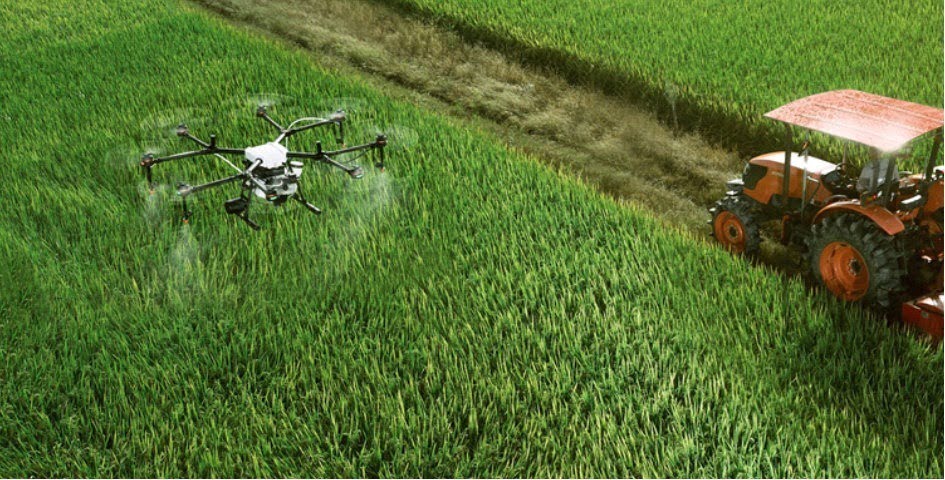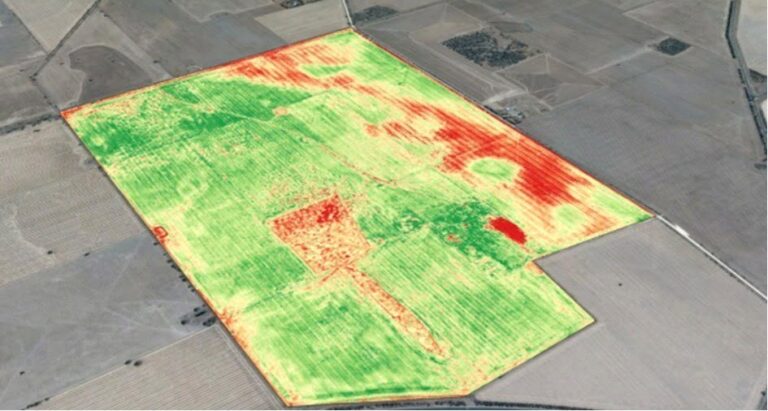On this occasion, we make an initial reference to DJI, one of the most important and well-known brands in Uruguay, which also has an official representative here and in the Mercosur countries.

DJI is considered the leading brand in the drone market. It is a company china specializing in the manufacture and sale of drones for consumer, professional and commercial use. They have pioneered the development of drones with integrated cameras and highly advanced stabilization technology, which has given them great popularity in the industry.
Allies of rural producers
Drones used in the agricultural sector offer a variety of applications, which can benefit farmers in the crop management, crop monitoring, soil analysis, detection of plant diseases and performance estimationamong others.
Some of the common applications of drones in agriculture include capturing aerial images of fields, generating vegetative index maps to assess plant health, mapping crops, and identifying areas of water stress or nutrient problems. This data collected by drones can help farmers make more informed and accurate crop management decisions. In this way, resources are optimized and the efficiency of agricultural production is improved.
The use of drones in the agricultural sector has been increasing in recent years, undoubtedly due to the benefits they offer in terms of crop monitoring and management.
Key advantages
Efficiency and speed
Drones can cover large areas of crops in a short time, allowing for faster data collection compared to manual methods. This can be especially beneficial in large crops.
Accurate monitoring and early detection
Drones equipped with cameras and sensors can provide high-resolution images and detailed data on crop health. This makes it possible to detect problems such as disease, water stress or nutrient deficiencies at early stages, facilitating timely decisions.
Resource optimization
By obtaining accurate data on crop health and needs, farmers can optimize the use of resources such as water, fertilizers and pesticides. This can lead to reduced production costs and more sustainable management of natural resources.
Access to hard-to-reach areas
Drones can access areas that are difficult to access or rough terrain, allowing comprehensive monitoring of the entire crop area, including remote areas or areas with complex topography.
As passionate as I am about this technology, it should be noted that drones do not completely replace traditional methods in agriculture. Traditional approaches, such as manual sampling and visual inspections, still have their place: they can and should complement the information gathered by drones.
The combination of traditional methods and drone technology can provide farmers with a more complete and accurate view of their crops, allowing them to make more informed decisions and improve efficiency in their operations.
Considering these virtues, would you be willing to invest in a drone, or would you hire a specialized company to do the job?
In order to make this communication back and forth, we share with you our e-mail address. Through this tool I will be able to answer all your questions and, in addition, discuss topics of mutual interest. I look forward to your comments. Thank you. | ecalandria@portalagroalimentario.com



